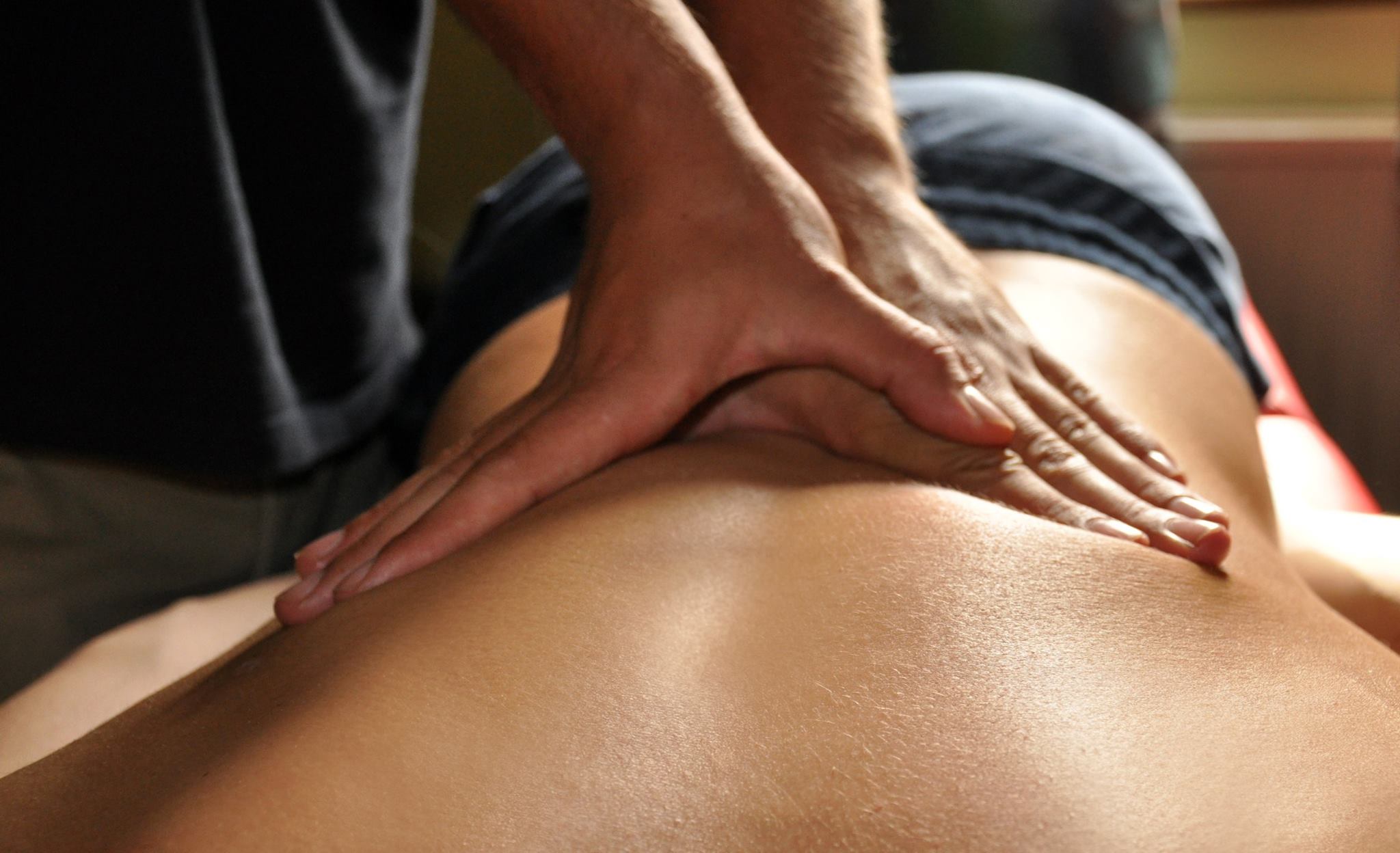
Medial Tibial Stress Syndrome otherwise known as shin splints are one of the most common injuries of the lower extremity. Most frequently seen in runners, sprinters and footballers.
Shin splints occur due to repetitive loading of the tibia. Think of how many times your tibia is loaded during only 500 metre run… that’s quite a few steps which means also rather a lot of loading.
As well as the loading another possible cause of shin splints is having a foot that’s stronger to point outwards causing the foot to go flat when walking and running.
Both the above reasons can cause the soleus muscles (one of your calf muscles) to be overloaded.
A potential predisposing factor to shin splints is having a previous foot injury as this doubles the likelyhood of getting shin splints.
Diagnosis of shin splints can be confirmed via a physical examination by a therapist such as myself.
So…. how do you treat shin splints
Firstly in the acute phase you want to rest yourself and ice the shin for 15 to 20 minutes at a time.
After the initial 48 to 72 hours it is a good time to start using low impact exercises such as swimming and cycling to keep on top of your fitness.
Then after a few weeks you want to look into returning to pain free activity and halving what you were training at, this includes the distance, intensity and frequency.
Whilst returning to pain free activity you want to be stretching and strengthening your calves.
A great stretch is an eccentric calf stretch- for this you want to have the balls of your feet on a step with the arch and your heels hanging of it. You then slowly lower yourself down and hold for 5 to 10 seconds and then lift your self back up – repeat 4 to 5 times.
This can also strengthen your calve when you raise yourself up from this position- kills two birds with one stone.
Coupled with this you also want to look at strengthening your hip and core – you can refer to my previous posts to work on core and hip strength!
If you need more information or advice feel free to message me or give me a call!
As always remember to subscribe below for £5 off your next treatment! – the journals relating to all of the above are below…
Bebeley, S. J., Yi-Gang, W., & Yang, L. (2016). Athletes’ Knowledge about Preventing Sports Injuries like: Achilles Tendinitis (AT), Runner’s Knee (RK)/Patellofemoral Pain Syndrome (PFPS) and Shin Splints (SS), as Prime Prevention Strategies in Slowing Ageing Process. Journal of Exercise Science and Physiotherapy, 12(1), 25-37.
Galbraith, R. M., & Lavallee, M. E. (2009). Medial tibial stress syndrome: conservative treatment options. Current reviews in musculoskeletal medicine, 2(3), 127-133



